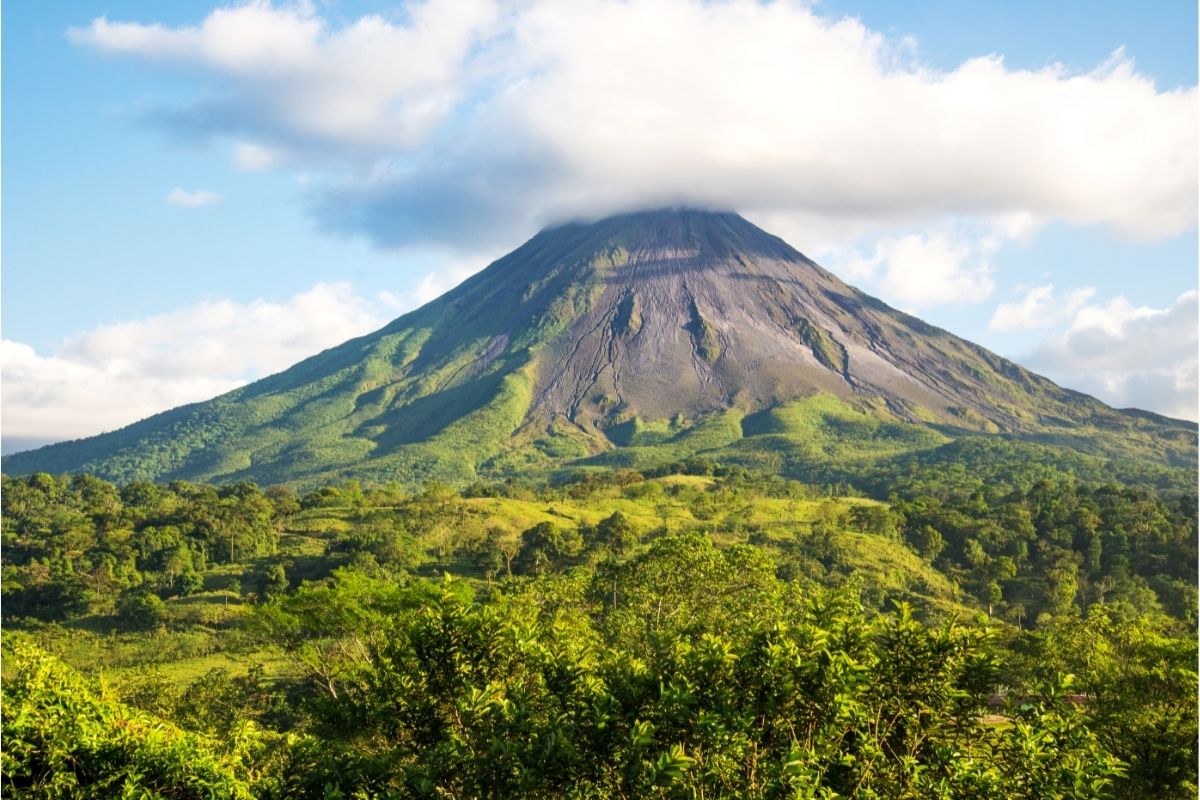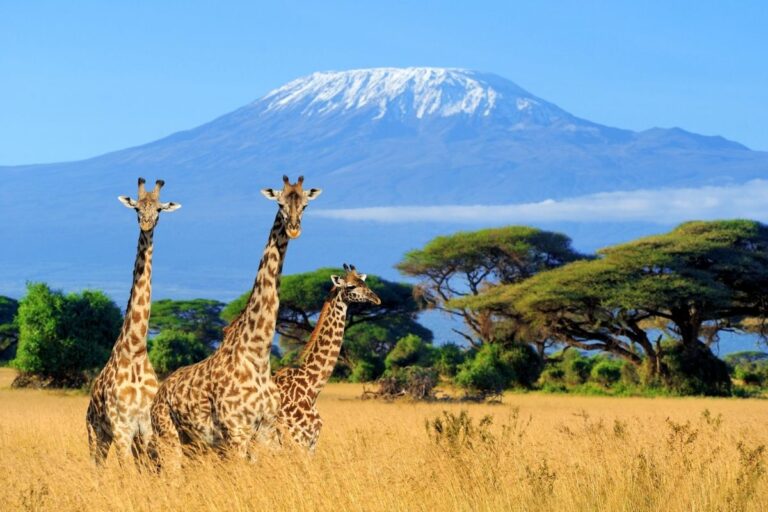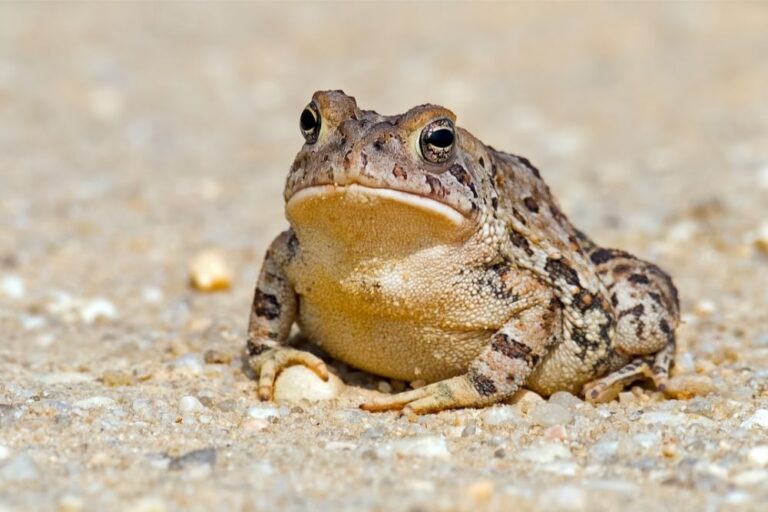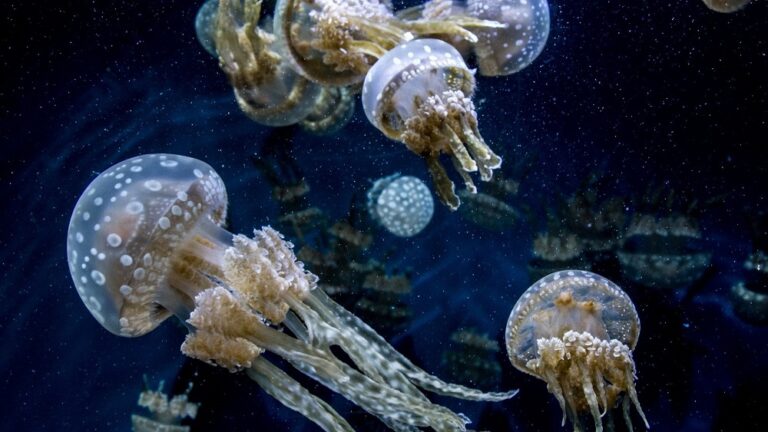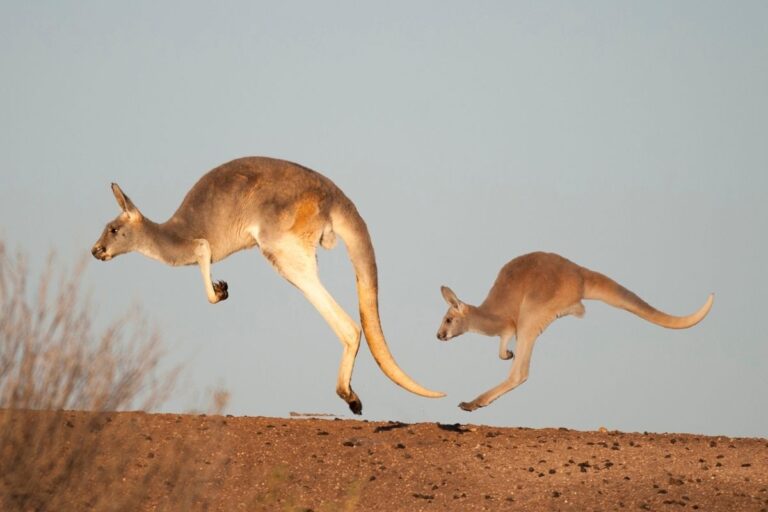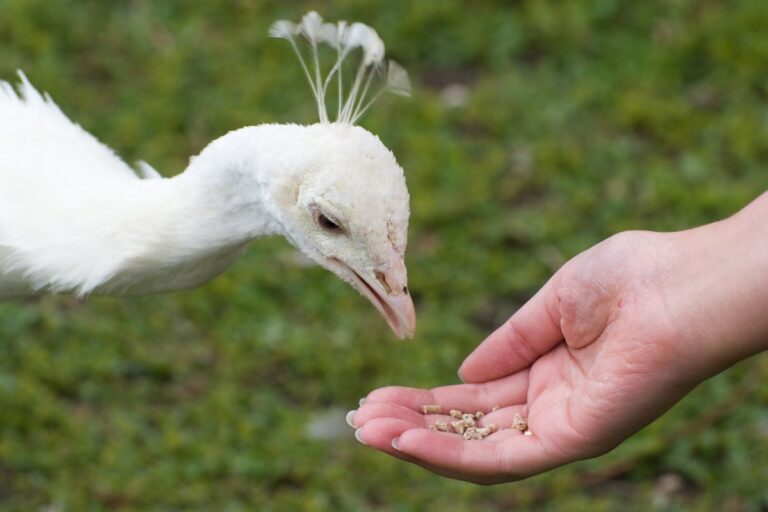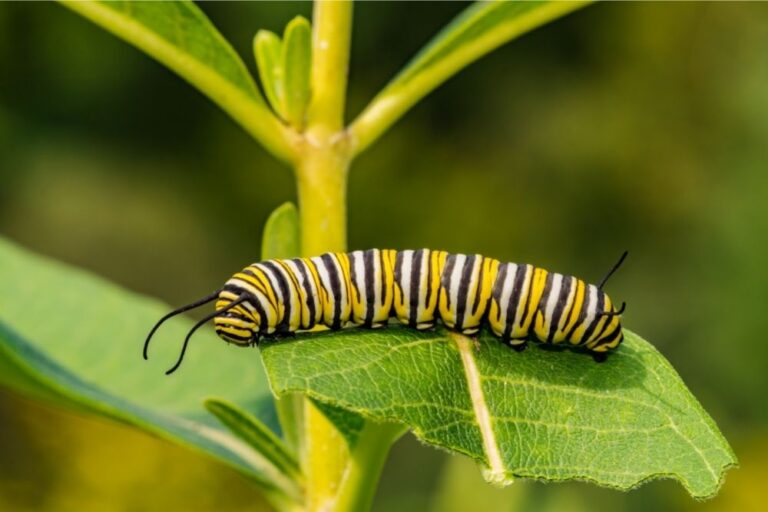Animals That Live In Volcanoes
Last Updated on April 9, 2022 by
Animals exist in almost every ecosystem on the planet. From the deep ocean waters surrounding the Mariana Trench to the frozen mountaintops of the Himalayas, there are animals everywhere.
These habitats are not even the most extreme on the planet, and they don’t even have the most extreme animals living in them.
Take volcanoes, for instance. Before you ask, yes there are animals here too. This may shock a lot of people, as, well you know, volcanoes are basically death pits filled with molten lava – which is basically rocks so hot they melt.
But life does find a way here as well, though not necessarily in the core of that molten rock itself, however there are some creatures that live around volcanoes.
With this in mind, we thought it would be fun to create a list showing people some of the animals that survive while living around volcanoes.
Lesser Flamingo
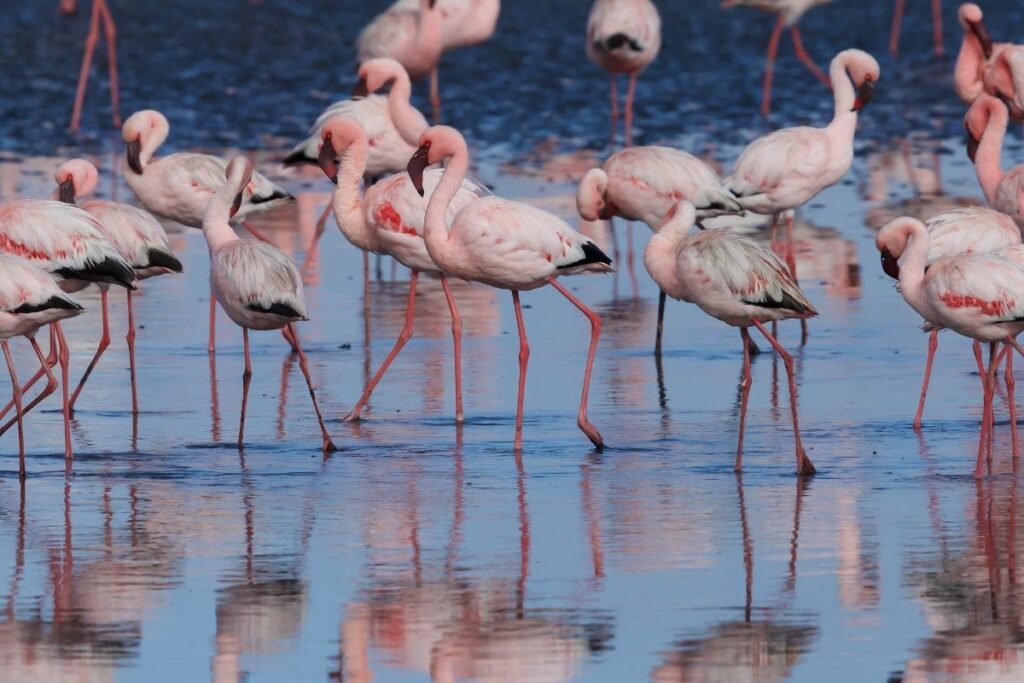
The lesser flamingo is an animal that lives in the arid regions of Africa and areas of India. These animals feed primarily on a type of algae that is found in alkaline lakes, which are normally found close to the sites of active volcanoes.
These lakes are considered one of the most extreme environments on earth, as they are also incredibly salty and can reach temperatures above 40 degrees Celsius.
This is one of the reasons why these flamingos have such long legs, as they allow the animals to remain above the heat of the water while feeding.
The flamingos use their long legs to stand up and stretch out their necks to feed on the algae in the water, all the while keeping their main body safe from the harsh water. They can also use their wings to fly and so will fly away if any danger appears.
In addition to being able to get food from the water, the flamingos can even drink the saltwater. Their bills are extremely sensitive, and they can taste minute amounts of dissolved salts in the water. In fact, the flamingos were originally called sea-birds because of their ability to drink salty water.
Flamingos are great at surviving around volcanoes because they can easily avoid any potential danger. If a volcano erupts in an area where flamingos reside, these birds will simply leave instead of getting roasted by the flames.
Galápagos Land Iguanas
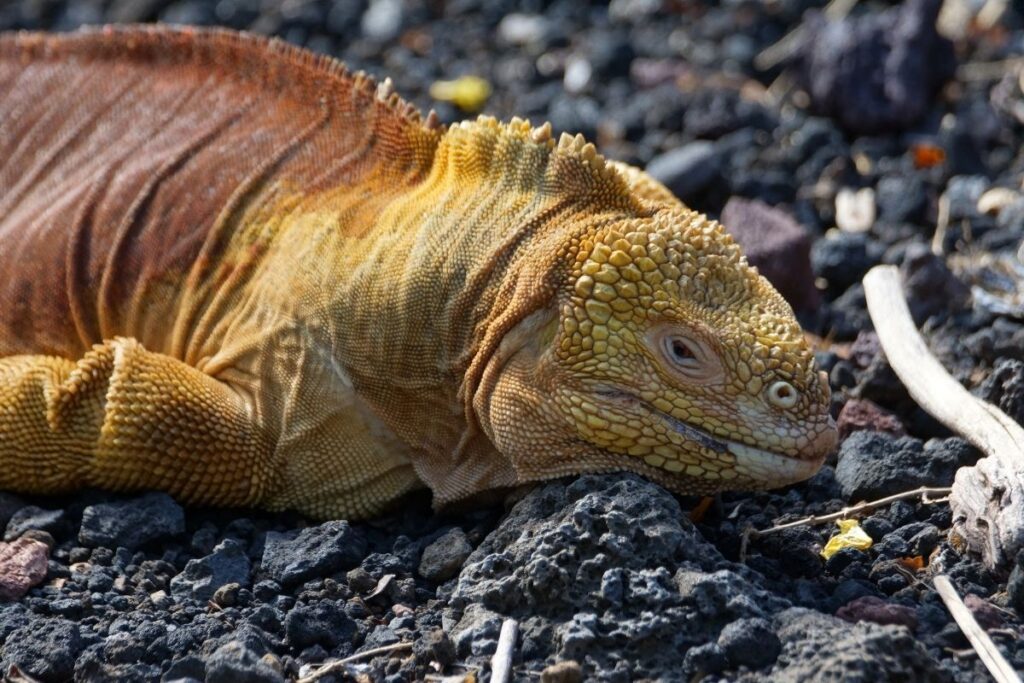
The Galápagos land iguana is an endemic reptile that lives on the volcanic islands of the Galápagos archipelago.
It is one of the few reptiles that truly thrive in both the coastal regions of the islands and the high altitudes of the island’s mountains, where the average temperature hovers between 35 °C and 38 °C as a constant.
However, this consistent temperature gives the iguanas an ecological advantage and compels them to brave the volcano’s craters. The harsh environment keeps away predators, and the consistent temperature of the volcanic ash on the crater floor is a perfect incubator for their eggs.
As such, the iguanas will always make the journey to the volcanoes during breeding season, despite the danger.
These iguanas can also sense changes in seismic activity, giving them time to escape during potential eruptions, albeit not much time.
Although it could be argued that iguanas don’t live in the volcanoes, the fact that the islands are small, highly volcanic, and the fact that iguanas willingly make the journey into the volcanoes themselves, means that they spend almost their whole lives around or in volcanoes, which counts on this list.
Volcanic Giant Tube Worms
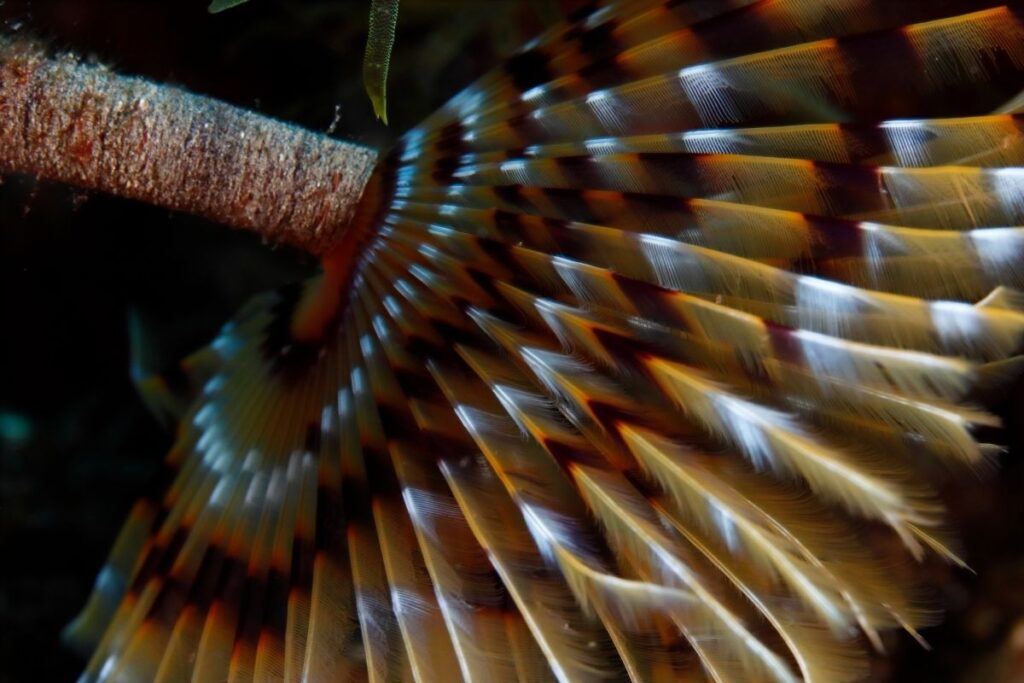
This tube worm is quite possibly one of the strangest creatures on earth and is able to thrive in one of the most extreme environments.
You see, the tube worm is an invertebrate marine worm that has adapted its lifestyle to living in the extreme conditions of underwater volcanoes.
These underwater volcanoes spit out boiling ash, hydrogen sulfide, methane, and carbon dioxide, a toxic combination of acidic components that would kill most creatures. But these worms live right next to these vents by having some key adaptations.
This includes having a very tough skin and muscles that allow it to withstand the pressure of the toxic cocktail.
The thing that makes them so strange and far removed from other animals in the world is how they absorb oxygen, which is to say they don’t.
Instead, these worms absorb the carbon dioxide from the vents and use that to breathe, which is insane. Think about it for a second, these are not plants or vegetation, these are animals, and they breathe carbon dioxide.
In fact, we only discovered these animals recently (1977) and we know so little about them that we can’t even determine how they age.
We know how fast they grow, and we know that they grow at a rate much faster than other deep sea creatures, but not much else. Their lives and body plan is so vastly different from our own that they are like aliens living among us.
Pompeii Worm
This creature is very similar to the Volcanic Tube worm, except with a couple of differences. The big difference is that these worms are much more extreme than their cousins.
Whereas the Volcanic Giant Tube worm lives near hydrothermal vents, these extremophile creatures live right on top of those vents and nowhere else in the world.
They follow the same ideas as the tube worms, absorbing CO2 and brushing off the toxic cocktail around them, but they do it better.
In fact, the Pompeii Worm is considered the most heat tolerant complex animal in existence after the tardigrade, being able to survive temperatures of up to 105 degrees Celsius comfortably for a short time.
These worms have only been known to us for about 40 years, and we have only been able to record them on a dozen occasions due to the extreme place they live in, but they are one of the most interesting and strangest creatures on the planet. The fact that they exist is a wonder in and of itself.
Conclusion
Living in a volcano is one of the most difficult things an animal can do. It is not just the heat and the instability, but even the air and water are toxic.
However, these animals have found a way to deal with this situation easily, and that is an incredible feat all on its own.

